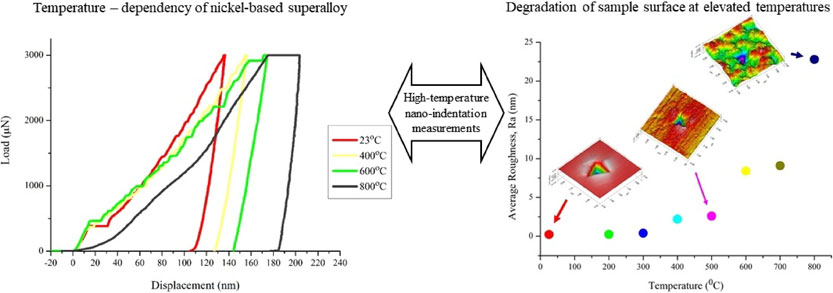- 著者
- Yusuke Kito Kazunobu Kuwabara Kiyotaka Ono Kenichi Kato Tatsuyoshi Yokoi Kohki Horiguchi Keisuke Kato Masahiro Hirose Tomomi Ohara Kenta Goto Yumi Nakamura Yoshikatsu Koike Takahiko Horiguchi
- 出版者
- Fujita Medical Society
- 雑誌
- Fujita Medical Journal (ISSN:21897247)
- 巻号頁・発行日
- pp.2021-003, (Released:2021-08-20)
- 参考文献数
- 19
Objectives: To determine whether the prevalence of gram-negative bacilli (GNB; Pseudomonas aeruginosa, Klebsiella pneumoniae, and Escherichia coli) in sputum and urine specimens from outpatients and inpatients differed by season and according to temperature and humidity changes.Methods: In this retrospective study, microbiologic data for adult patients from 2008 to 2019 were retrieved from the electronic database of a hospital in Japan. Data were categorized by specimen type (sputum and urine) and specimen collection (outpatient and inpatient). Associations between variables were assessed using Spearman’s rank correlation coefficients. Differences between groups were assessed using Pearson’s chi-square test and analysis of discrete variance.Results: Among inpatients, the frequencies of P. aeruginosa and K. pneumoniae isolation from sputum specimens were higher in summer and autumn. The frequency of P. aeruginosa isolation from urine specimens was higher in autumn. These seasonal trends were observed in specimens from both outpatients and inpatients. No seasonal trend was observed in the frequency of E. coli isolation. Mean monthly temperature was positively correlated with the frequency of isolating P. aeruginosa (r=0.2198, p=0.0081) and K. pneumoniae (r=0.3443, p=0.00002) from sputum as well as with the frequency of isolating K. pneumoniae (r=0.1905, p=0.0222) from urine. Mean monthly humidity was positively correlated with the frequency of isolating K. pneumoniae (r=0.2602, p=0.0016) from sputum.Conclusions: GNB were isolated more frequently in summer and autumn than in other seasons. These seasonal trends were observed for both outpatient and inpatient specimens. Seasonality should be considered for optimal infection control of GNB in hospitals.
- 著者
- Reon Ando Takashi Matsuno Tomoko Matsuda Norio Yamashita Hideo Yokota Kenta Goto Ikumu Watanabe
- 出版者
- The Iron and Steel Institute of Japan
- 雑誌
- ISIJ International (ISSN:09151559)
- 巻号頁・発行日
- vol.61, no.1, pp.473-480, 2021-01-15 (Released:2021-01-16)
- 参考文献数
- 21
- 被引用文献数
- 3
Herein, we investigated the local preliminary hardening of ferrite near the ferrite–martensite interfaces in a dual-phase (DP) steel. Geometrically necessary dislocations (GNDs), generated due to interfacial misfit between different phases, may cause preliminary hardening of ferrite around such interfaces. However, for nano-hardness distribution, the hardened zone was not evidently detected by scattering measurement. Thus, we factorized nano-hardness scattering to estimate the actual ferrite hardness near ferrite–martensite interfaces.First, nano-hardness was measured around a martensite island using a conical nano-indenter in the DP steel containing 10% martensite by volume. Taking into account the scattering, the nano-hardness measurement converged to the hardness of ferrite, exceeding the distance corresponding to the nano-indenter radius. Thus, a preliminary hardening zone was not detected. Subsequently, the surface of the nano-indented microstructure was polished and observed using scanning electron microscopy (SEM) by analyzing electron back scattering diffraction (EBSD). This analysis confirmed the presence of the nano-indented microstructure under ferrite. Moreover, it established that the majority of the irregularly higher nano-hardness was caused by the buried martensite under ferrite. The value of the kernel average misorientation (KAM), which is proportional to the GND density for other irregularly higher nano-hardness points, was higher for the nano-indented microstructure as compared to that of the buried martensite. On the other hand, the ferrite was expanded under the nano-indented points for the majority of the irregularly lower nano-hardness, with some exceptions. Further, soft martensite was observed to induce irregularly lower nano-hardness locally around the interface.
1 0 0 0 OA Nano-Indentation Measurement for Heat Resistant Alloys at Elevated Temperatures in Inert Atmosphere
- 著者
- Jovana Ruzic Ikumu Watanabe Kenta Goto Takahito Ohmura
- 出版者
- The Japan Institute of Metals and Materials
- 雑誌
- MATERIALS TRANSACTIONS (ISSN:13459678)
- 巻号頁・発行日
- vol.60, no.8, pp.1411-1415, 2019-08-01 (Released:2019-07-25)
- 参考文献数
- 22
- 被引用文献数
- 10
A new approach of nano-indentation measurements at elevated temperatures has been developed to evaluate a temperature-dependent mechanical behavior of heat resistant alloys on a submicron scale, where the measurement is conducted in an inert atmosphere to prevent the surface oxidation of a sample and heat an indenter passively. The developed approach enables us to perform nano-indentation testing with a diamond indenter in the temperature range of 23∼800°C. The developed approach has been applied to gamma single-phase single-crystal of a nickel-based superalloy. Then the degradations of the sample surface and the indenter tip have been discussed in this case.

